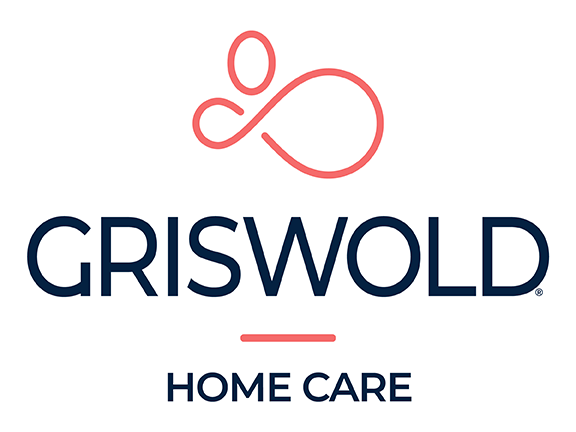Water. We take it for granted because it literally falls from the sky, but it’s actually the most important nutrient for the body. Even a healthy adult can only last three to five days without water, while the time span for survival without food is substantially longer. Water covers 70% of the Earth’s surface and makes up 70-80% of our bodies — even our bones are over 20% water! “Water, water everywhere…” but sadly, dehydration in the elderly is very common and very dangerous.
 This post on the Griswold Blog will discuss the importance of water, an important finding regarding elderly hydration and, most importantly, it’ll give you the hints to help your loved one stay hydrated.
This post on the Griswold Blog will discuss the importance of water, an important finding regarding elderly hydration and, most importantly, it’ll give you the hints to help your loved one stay hydrated.
TO THIRST…
Water lubricates joints, regulates temperature and moistens the lungs for effective breathing. These processes are compromised when the body is dehydrated, leading to arthritis, sore muscles, heavy breathing and higher body temperatures. And over time, lack of water causes loss of muscle tone, weight gain, slow metabolism, increased toxicity and even organ failure. These are dangerous issues for everyone, but they pose greater risk for an elderly person.
…OR NOT TO THIRST
A 2007 Australian study found that older adults don’t drink enough water and become dehydrated during heat waves, proposing that their brains and bodies don’t properly coordinate thirst signals. While the researchers aren’t sure whether the body is ineffectively sending these signals — due to weakened stomach muscles, reduced throat sensitivity or diminished kidney function — or whether the brain is ineffectively interpreting them. Regardless of the causes, this finding is important because it puts elderly hydration at the forefront of senior health.
There should be no question when it comes to quenching your loved one’s thirst, even if the sensory signals aren’t indicating thirst. So here are some tips to help your loved one stay hydrated this summer:
THE HYDRATION HINTS
1. Signals
Remind your loved one of the signs of inadequate fluid intake — dry mouth, headache, light-headedness, little or no urination and constipation. Also, inform them that these signals may not be as acute as they are in a younger person, so they should be extra vigilant.
2. Sip
Encourage him or her to sip on water throughout the day, even when the thirst signals aren’t firing.
3. Substitutes
While water is the best fluid to ensure proper hydration, other fluids are also effective. These include milk, tea, soup, fruit juice and sports drinks. However, keep in mind that beverages with caffeine or alcohol can increase fluid output and hinder hydration.
4. Shade
An easy way to determine hydration level is to observe the shade of urine. Fluid intake is probably adequate when the urine is colorless or slightly yellow. If your loved one’s urine is dark yellow, however, this most likely means dehydration has set in. Help him or her hydrate immediately.
5. Scale
The minimum amount of water each person needs depends on body weight. A good estimate is an ounce of water for every two pounds of body weight — although the recommended “eight glasses a day” is a pretty good benchmark as well.
Remember, some water consumption does come from food. So if your loved one has problems with liquids, encourage foods with high water content. Raw fruits and vegetables are healthy hydration foods, but particularly:
Leafy greens, especially iceberg lettuce — although it doesn’t have the fiber and nutrients of darker leafy greens
Tomatoes
Melons, especially watermelon
Broccoli
Grapefruit
While proper hydration is essential for healthy brain functioning, there are activities your loved one can do to nurture the brain even more. Check back soon or subscribe for a fun activity that keeps the brain healthy and engaged!
